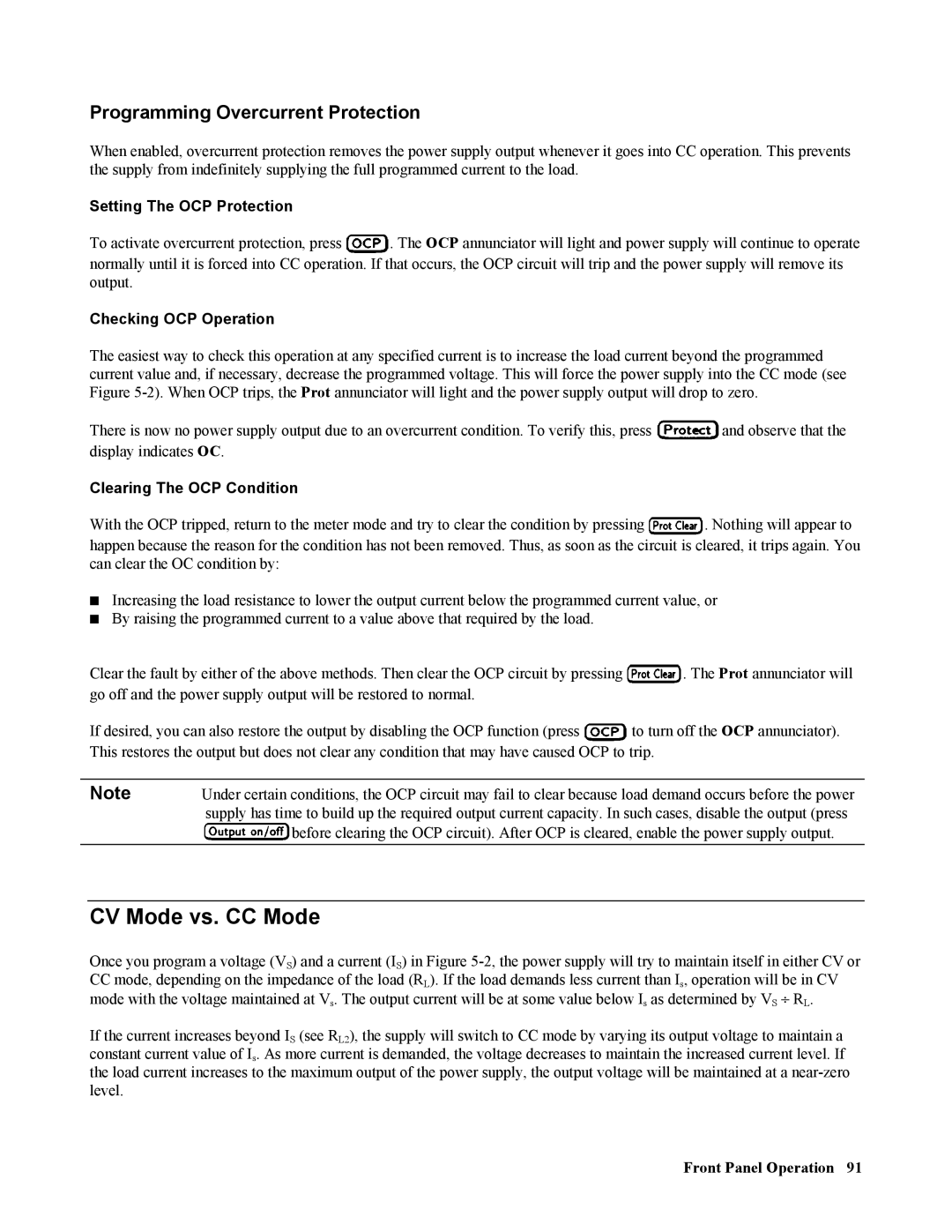668xA, 669xA, 667xA, 664xA, 665xA specifications
Agilent Technologies has long been a pioneer in the production of high-performance electronic test and measurement instruments, particularly in the field of power sources. Among its notable offerings are the Agilent 667xA, 669xA, 665xA, 664xA, and 668xA series of power supplies. These instruments are designed to provide stable, reliable power for a variety of applications, including electronic testing, industrial processes, and research laboratories.The Agilent 667xA series is characterized by its programmability and advanced measurement functions. These power supplies support a wide range of output voltages and currents, allowing for flexible configurations that cater to different testing needs. The built-in measurement capabilities enable users to monitor the voltage, current, and power with high precision, which is essential for ensuring optimal performance in electronic applications.
The Agilent 669xA series stands out with its high-power outputs, making it suitable for demanding applications. These power supplies deliver high voltage and current levels, making them ideal for testing high-performance devices, such as power amplifiers and motor drives. Additionally, the 669xA series includes features such as overvoltage protection and complex output sequencing to enhance the safety and reliability of the testing process.
The Agilent 665xA and 664xA series focus on delivering high accuracy and excellent regulation. These models are particularly known for their low noise operation, which is critical for sensitive applications where precision is paramount. The integrated programming capabilities allow users to automate testing sequences, thus improving efficiency in research and development settings.
The 668xA series features advanced digital signal processing that enhances the precision and stability of the output. Users benefit from features like remote sensing and monitoring, allowing feedback adjustments that maintain output accuracy despite cable losses. Furthermore, the 668xA models can integrate seamlessly with various test environments thanks to their LAN, GPIB, and USB connectivity options.
Overall, the Agilent 667xA, 669xA, 665xA, 664xA, and 668xA power supplies provide a comprehensive range of solutions for diverse electronic testing needs. With their advanced features, superb measurement capabilities, and robust performance, these instruments empower engineers and researchers to conduct their work with confidence, precision, and efficiency.

